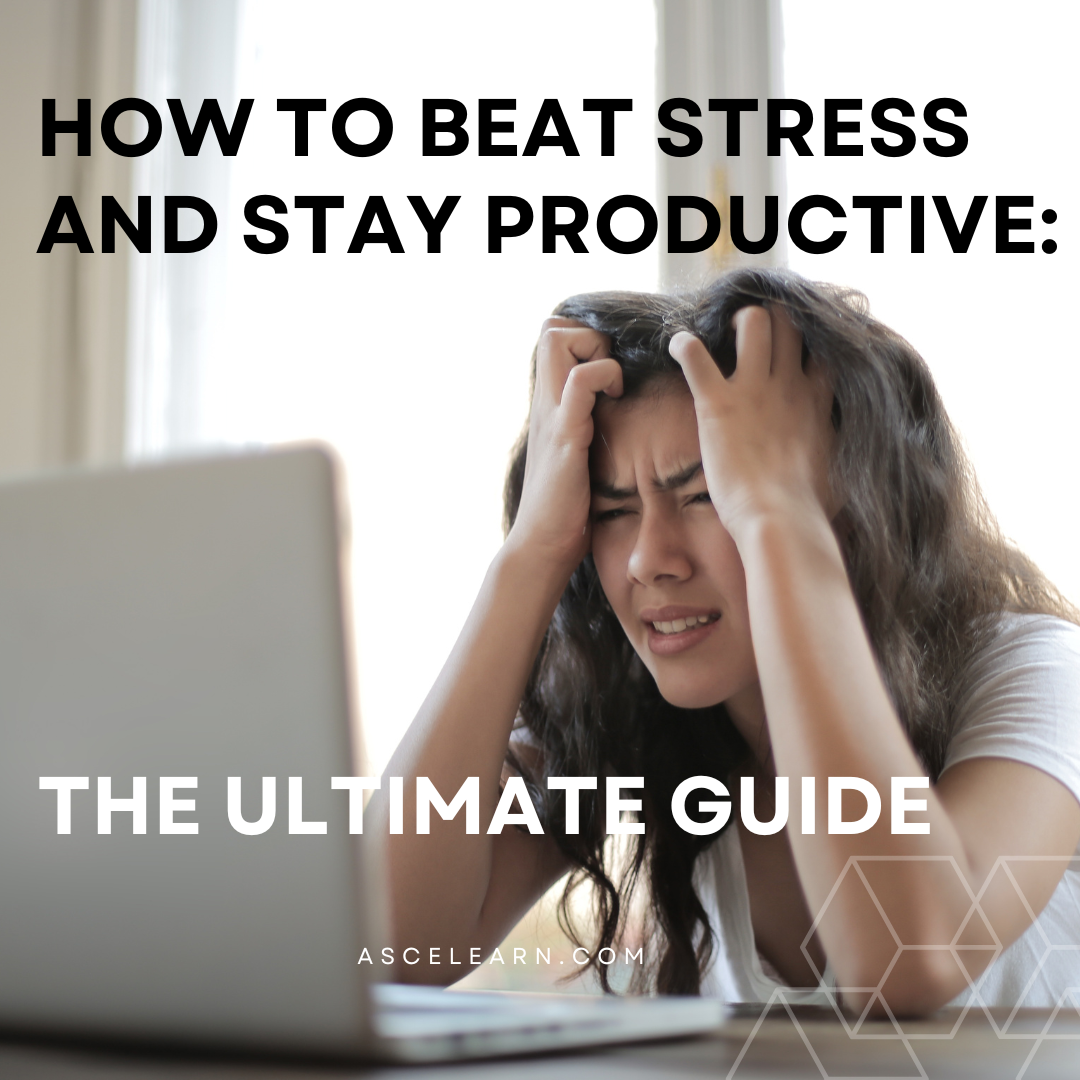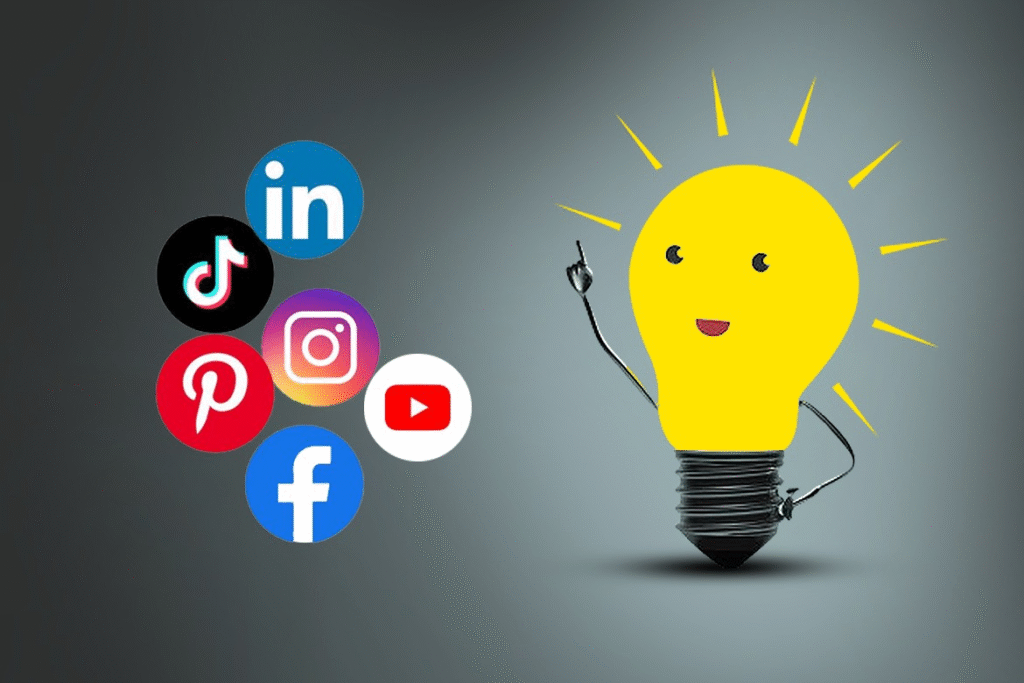Since July, IRCC processing times for 2025 have shifted across many immigration categories, with some seeing faster decisions and others facing longer waits.
In this article, we’ll break down the current Canada immigration processing times for:
- Permanent residence (PR) applications
- Work permits
- Study permits
- Visitor visas
- Citizenship applications
Comparisons are based on IRCC’s published figures from July 17, 2025.
Permanent Residence Applications
Express Entry
Changes to Express Entry wait times have been minimal, with only slight increases in some programs.
| Application Type | Current Processing Time | Processing Time as of July 17, 2025 |
|---|---|---|
| Canadian Experience Class | 5 months | 5 months |
| Federal Skilled Worker Program | 7 months | 6 months |
| Federal Skilled Trades Program | N/A* | N/A* |
*Processing times for the Federal Skilled Trades Program remain unavailable due to insufficient data.
IRCC service standard: 180 days
Express Entry remains Canada’s leading pathway for skilled immigrants seeking updates on Canada PR processing times.
IRCC invites more PNP candidates in the latest Express Entry draw. Read More
Provincial Nominee Program (PNP)
| Application Type | Current Processing Time | Processing Time as of July 17, 2025 |
|---|---|---|
| Through Express Entry (enhanced) | 8 months | 8 months |
| Not through Express Entry (base) | 20 months | 19 months |
Enhanced PNP times remain steady, while base PNP applications now take an extra month.
Service standards:
- 11 months for base applications (online)
- 180 days for enhanced (electronic)
Atlantic Immigration Program (AIP)
The AIP timeline has lengthened slightly since July.
| Current Processing Time | Processing Time as of July 17, 2025 |
|---|---|
| 13 months | 12 months |
AIP applicants may still obtain a special work permit to begin employment in Canada while their PR application is processed.
Family and Partner Sponsorship
Processing times for spousal sponsorship in Canada have grown longer, especially for those destined for Quebec.
| Class & Destination | Current Processing Time | Processing Time as of July 17, 2025 |
|---|---|---|
| SCLPC – outside Quebec | 36 months | 34 months |
| Family Class – outside Quebec | 13 months | 11 months |
| SCLPC – in Quebec | 40 months | 38 months |
| Family Class – in Quebec | 41 months | 37 months |
Most categories have an extra two-month delay, while Quebec Family Class sponsorship has increased by four months.
IRCC service standard: 12 months (Family Class overseas applications).

Temporary Residence Applications
Visitor Visas (TRV)
From Outside Canada
Visitor visa Canada processing time depends heavily on the applicant’s country.
| Country | Current Processing Time | Processing Time as of July 17, 2025 |
|---|---|---|
| India | 58 days | 28 days |
| Pakistan | 48 days | 36 days |
| Nigeria | 32 days | 56 days |
| Philippines | 20 days | 33 days |
| United States | 23 days | 21 days |
India now faces the largest increase, while Nigeria has seen faster approvals compared to July.
From Inside Canada
| Current Processing Time | Processing Time as of July 17, 2025 |
|---|---|
| 14 days | 18 days |
Processing has sped up slightly for those applying within Canada.
Visitor Records
| Current Processing Time | Processing Time as of July 17, 2025 |
|---|---|
| 176 days | 193 days |
A modest improvement, down by about two weeks.
Work Permits
Processing times for work permit applications in Canada vary by location.
Outside Canada
| Country | Current Processing Time | Processing Time as of July 17, 2025 |
|---|---|---|
| India | 8 weeks | 7 weeks |
| Pakistan | 9 weeks | 5 weeks |
| Nigeria | 11 weeks | 12 weeks |
| Philippines | 6 weeks | 6 weeks |
| United States | 3 weeks | 4 weeks |
Pakistan saw the biggest delay, while Nigeria and the U.S. experienced faster processing.
Inside Canada
| Current Processing Time | Processing Time as of July 17, 2025 |
|---|---|
| 188 days | 182 days |
Timelines inside Canada are slightly longer than they were in July.
Study Permits
For international students, the study permit in Canada times remain variable.
Outside Canada
| Country | Current Processing Time | Processing Time as of July 17, 2025 |
|---|---|---|
| India | 3 weeks | 3 weeks |
| Pakistan | 9 weeks | 11 weeks |
| Nigeria | 8 weeks | 5 weeks |
| Philippines | 7 weeks | 10 weeks |
| United States | 10 weeks | 7 weeks |
Inside Canada
| Current Processing Time | Processing Time as of July 17, 2025 |
|---|---|
| 10 weeks | 12 weeks |
Study Permit Extensions
| Current Processing Time | Processing Time as of July 17, 2025 |
|---|---|
| 164 days | 180 days |
Both initial applications and extensions have shown some improvement compared to July.

Citizenship and Proof of Citizenship
Citizenship Grants
| Current Processing Time | Processing Time as of July 17, 2025 |
|---|---|
| 10 months | 10 months |
Processing remains within IRCC’s 12-month service standard.
Proof of Citizenship Certificates
| Current Processing Time | Processing Time as of July 17, 2025 |
|---|---|
| 5 months | 5 months |
Applicants outside Canada may experience delays of an additional 3–4 months.
The proof of a Canadian citizenship certificate remains essential for naturalized citizens and those claiming citizenship by descent.
Processing Times vs. Service Standards
It’s important to distinguish between processing times and IRCC service standards:
- Processing times are estimates based on past cases and application volumes. They show how long it might take from submission to decision.
- Service standards are IRCC’s internal targets. They aim to finalize 80% of applications within these timelines, though some cases take longer due to complexity




















